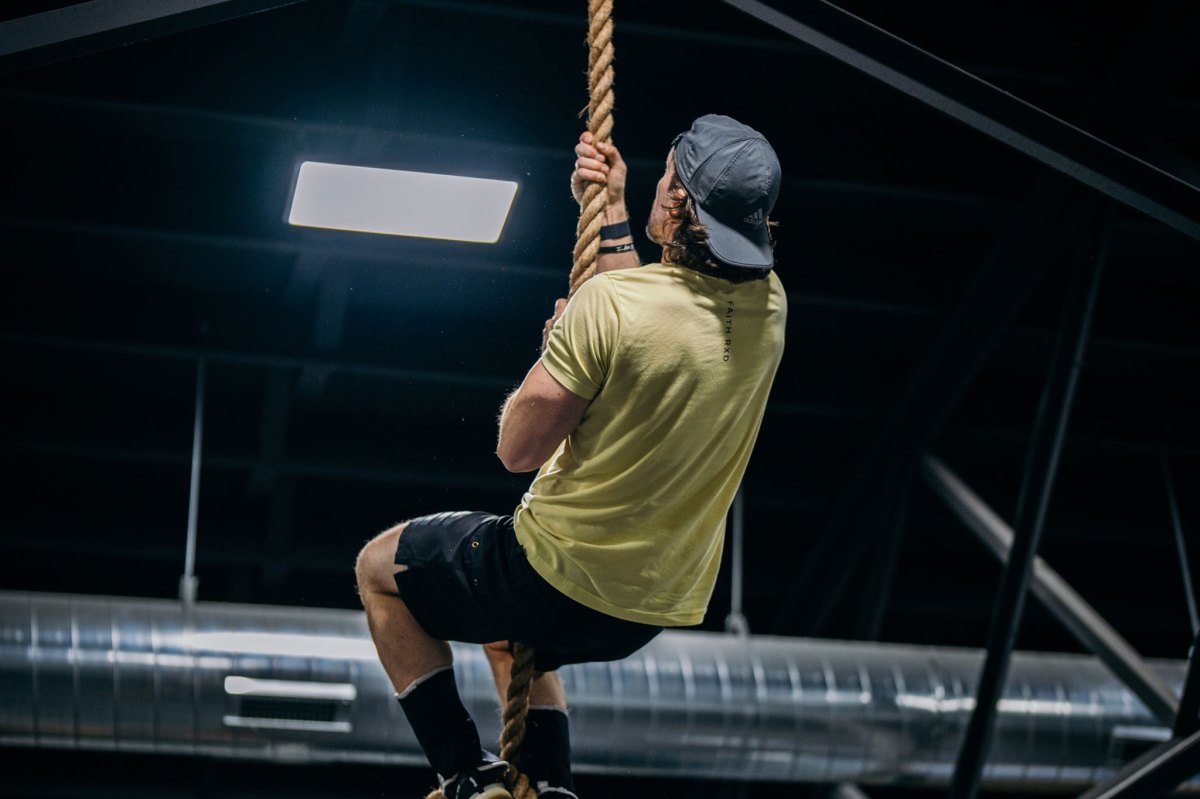
This article is an installment of the Men’s Journal Everyday Warrior series, which features advice, key interviews, and tips for living a life of consistent impact, continuous growth, and continual learning.
When you have your youth; it’s hard to imagine any other existence because it’s all you’ve known. But the day inevitably comes when you look in the mirror and realize just how wrong you’ve been. Strength, stamina, and power wane as we age. I struggle with the concept: aging as an athlete.
At 44, I still consider myself young, but I’m beginning to understand what French writer Victor Hugo meant when he said, “40 is the old age of youth; 50 is the youth of old age.” A life of aggressive activity has finally caught up in the form of arthritis in my shoulders, thumbs, and toes. Yup, I said toes…aging sucks!
How we handle the transition into our new reality dramatically impacts our quality of life going forward. While I’m nowhere near retirement, I’ve already started narrowing down how I’ll fill my time when that day eventually arrives. It’s part of a pledge I made to myself to never be without a mission that allows me to contribute to the world and add value to the lives of those around me. I’ve reached a point in life where I need glasses to drive and longer warmups to work out, but I still search for ways to stay on the continuum of self-improvement.
Accepting these changes hasn’t been easy, but I’ve learned two things that I believe every active person who’s starting to age will find helpful:
1. Train Smarter, Not Harder
At 38 years old, I was in peak physical condition. I trained 20 hours per week, weighed my food, and meticulously tracked everything to identify inefficiencies in my schedule, diet, and life. After decades of pushing my body to extremes, it’s been challenging to let go of the “more is better” mentality. While this hardcore approach yielded results in the past, now training 1.5 hours in the morning and 45 minutes in the afternoon only hinders my growth. So, I decided to start training smarter, not harder. The results speak for themselves: I recorded my second fastest two-mile run during a recent Army Physical Fitness Test. I did it without increasing my training volume or intensity. Instead, I analyzed the situation, developed a smarter training plan, and worked to overcome any limiting factors.
Comments are closed.